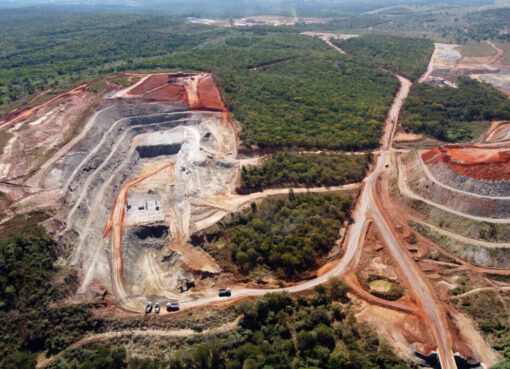Peter Funch’s latest photo-book, The Imperfect Atlas, explores human impact on the environment by using a technique invented at the height of the industrial revolution – RGB tri-colour separations
Thu 20 Feb 2020 07.00 GMT
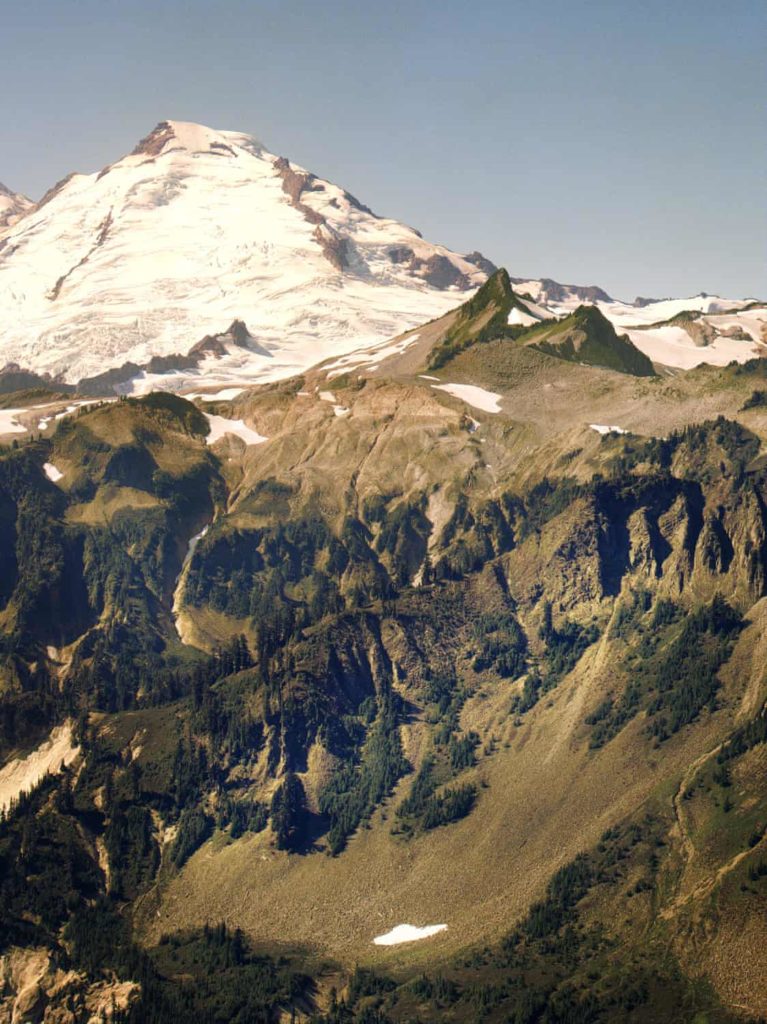
‘The idea for The Imperfect Atlas was to document retreating glaciers,’ says Funch. ‘I am sure the question of why we were fantasising about nature in such an isolated and utopian way must come up. Today’s talk of losing our way in nature may seem old fashioned, but we are just a few steps from developing a full artificial intelligence, which may also change our connection to nature. It might even be that the hyper-intelligence emerging from AI can change the acceleration and direction of climate change’ All photographs: Peter Funch
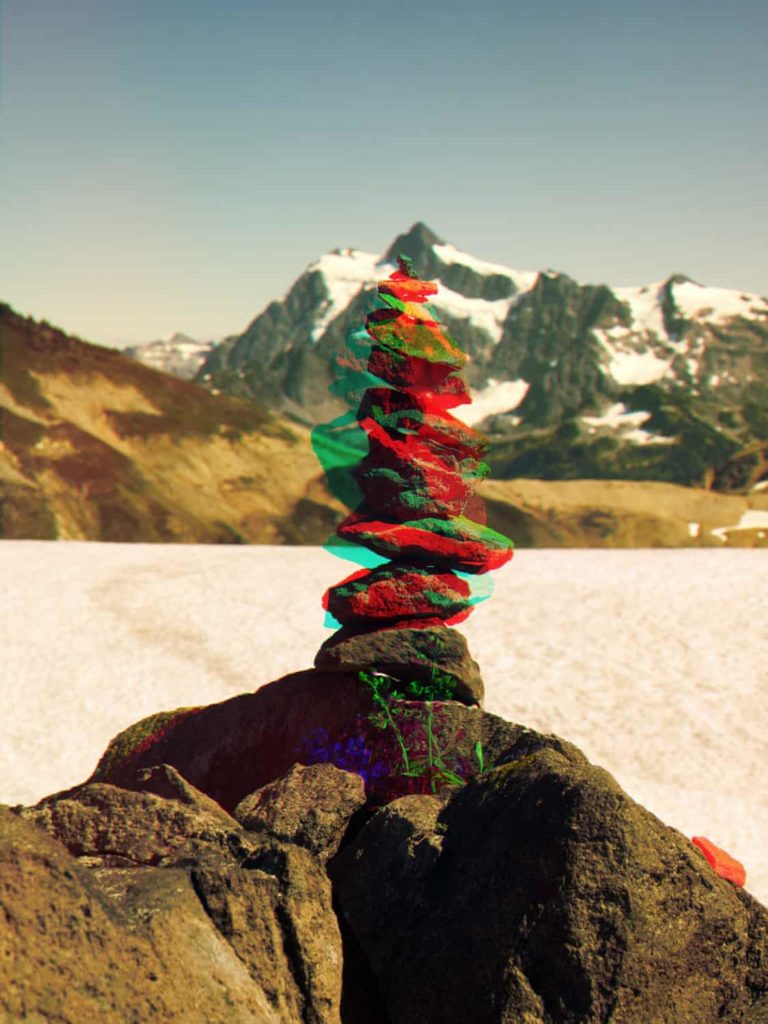
The images are done with RGB separation, explains Funch. ‘I shoot three images, holding up the different filters in front of the digital camera – one red filter, one green and one blue. On the computer, the red filter goes to the red channel, and so on. This creates a photo file in the full-colour spectrum. I make three negatives from the three channels, using these negatives in the darkroom to make a C-print, which gives the final print an analogue feel. It is elaborate, but I wanted to operate in the tradition of colour photography from the days of its invention in the industrial revolution’
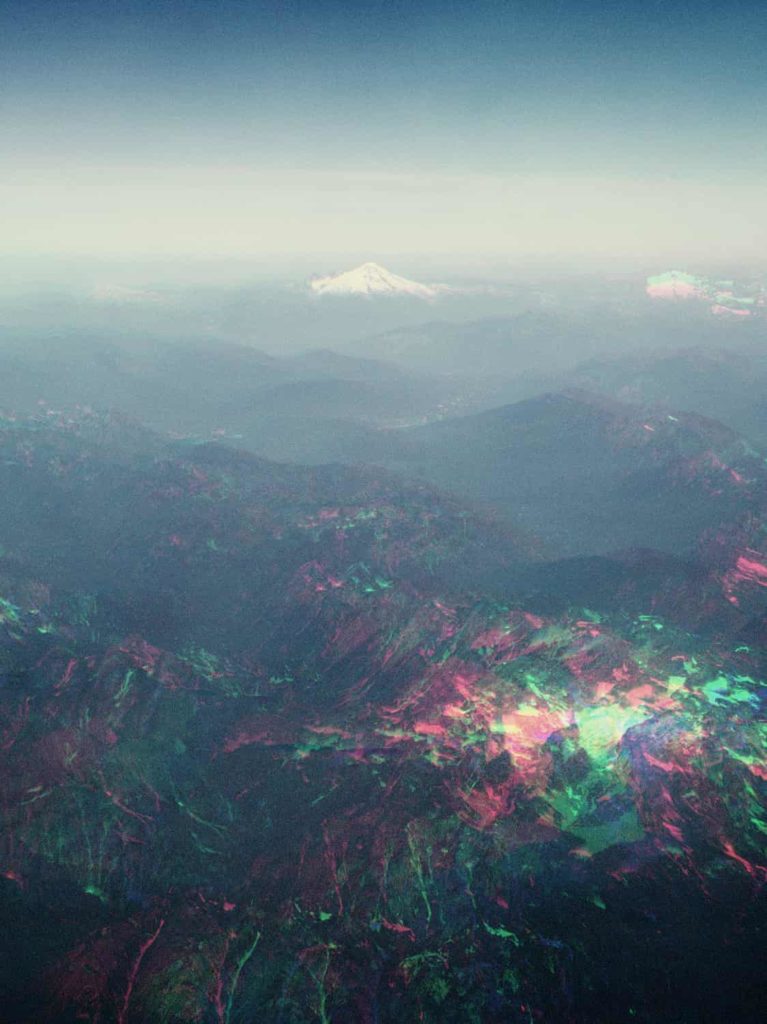
‘Scale screams of its importance in these works,’ says Funch. ‘The scale of nature against the scale of humans. The huge scale of nature’s problems against the trivial scale of our problems. What scale, then, should the work take? Billboards, books, prints, a slide lecture? Does it need to exist in physical form? So it works as a kind of an atlas on change and disappearance. These thoughts led to the title The Imperfect Atlas’
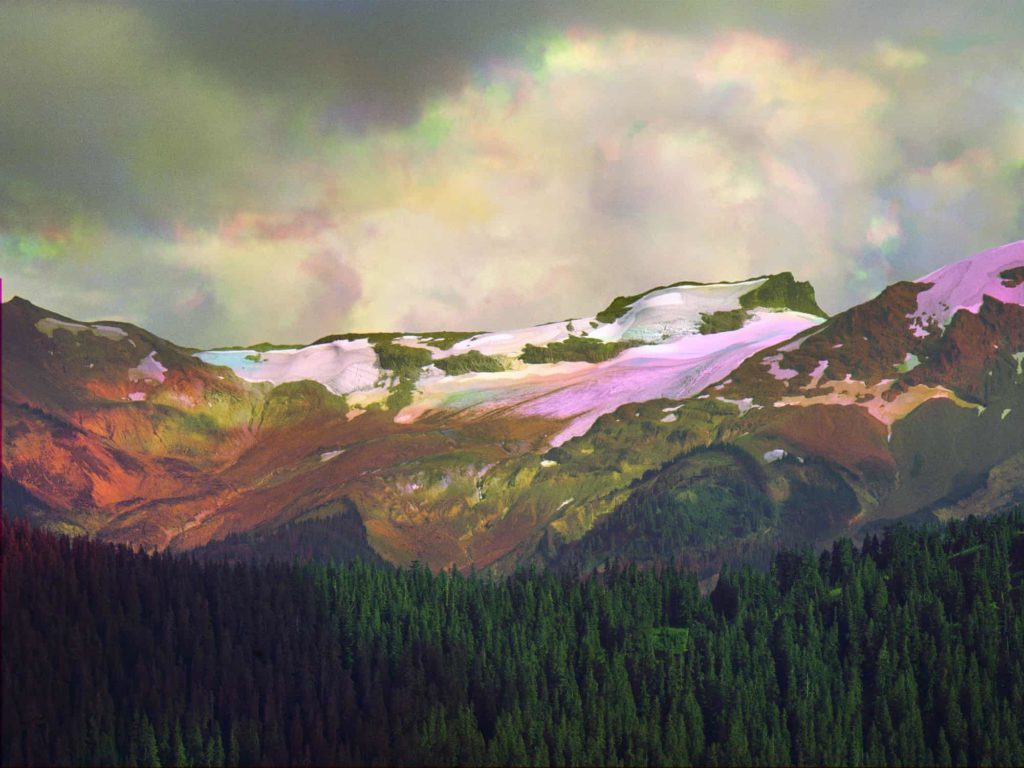
‘It is a shock to see such radical changes in glaciers and the surrounding nature,’ he says. ‘And understanding even a little bit about nature makes you realise the snowball effect we have started’




